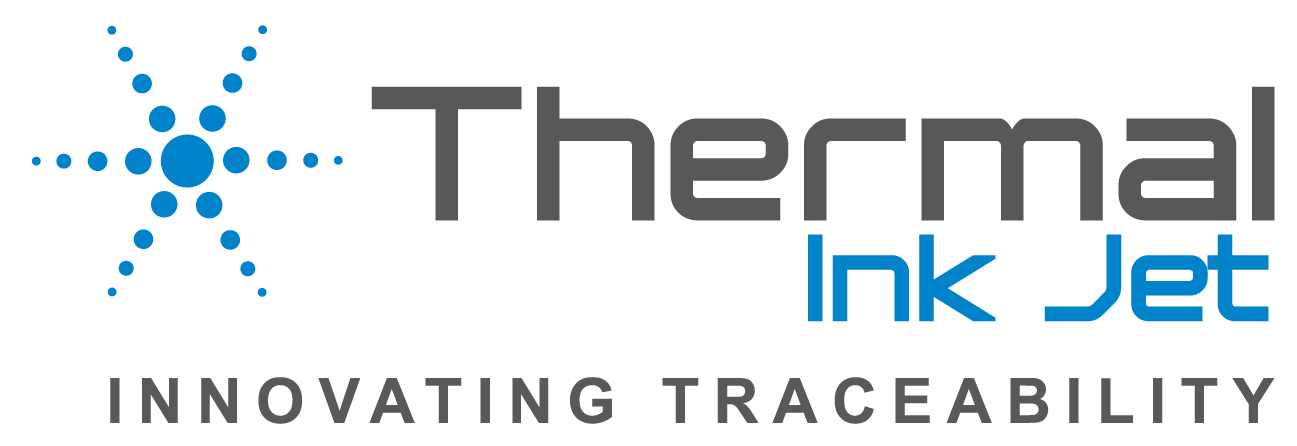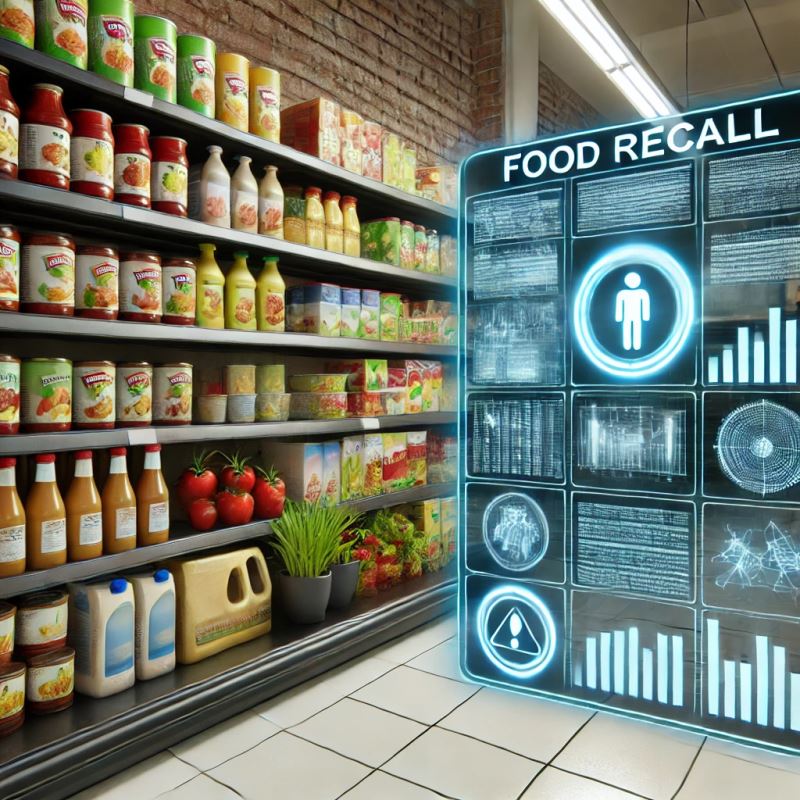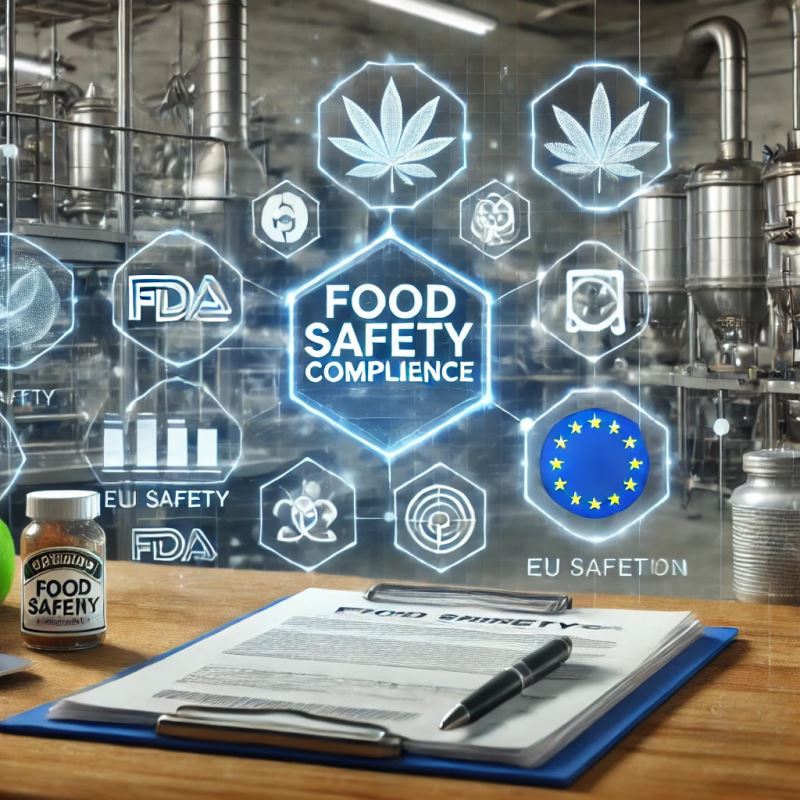Introduction
In today’s globalized food industry, ensuring safety and transparency has become more critical than ever. Traceability plays a pivotal role in enhancing food safety, preventing costly recalls, and building consumer trust. By implementing traceability solutions, food manufacturers can ensure end-to-end visibility across their supply chains, meeting stringent regulations and improving overall brand reputation.
The Importance of End-to-End Visibility in the Food Supply Chain
End-to-end visibility means tracking a product’s journey from farm to fork. With traceability, food companies can monitor raw materials, production processes, and distribution channels in real-time.
- Benefit: Enables faster identification of contamination sources.
- Example: A dairy company can quickly track back to the farm if a batch of milk is found to be contaminated, preventing further issues.
How Traceability Helps in Faster and More Precise Recalls
In the unfortunate event of a food safety issue, traceability ensures faster and more accurate recalls. Instead of recalling entire product lines, companies can target specific batches.
- Impact: Minimizes financial loss and damage to brand reputation.
- Case Study: A frozen vegetable manufacturer avoided a massive recall by using batch-level tracking, limiting the scope to only affected products.
Regulations: FDA’s FSMA and EU Food Safety Standards
Compliance with regulations such as the Food Safety Modernization Act (FSMA) in the US and EU food safety standards is crucial for market access.
- Traceability Requirement: Both regulations mandate food businesses to maintain detailed records of sourcing and production for quick verification.
- Future Trends: As food safety regulations evolve, digital traceability solutions will become indispensable for compliance.
Consumer Transparency Through QR Codes on Food Packaging
Consumers today demand more information about the products they buy. By integrating QR codes on packaging, companies can offer transparency on product origin, production methods, and safety checks.
- Benefit: Increases consumer engagement and trust.
- Example: A chocolate brand can use QR codes to showcase ethical sourcing of cocoa beans, appealing to conscious consumers.

Conclusion
Traceability is no longer just a regulatory requirement; it’s a business strategy for building consumer confidence, ensuring safety, and enhancing brand reputation. Companies that invest in robust traceability systems will not only meet compliance standards but also gain a competitive edge in the marketplace.



